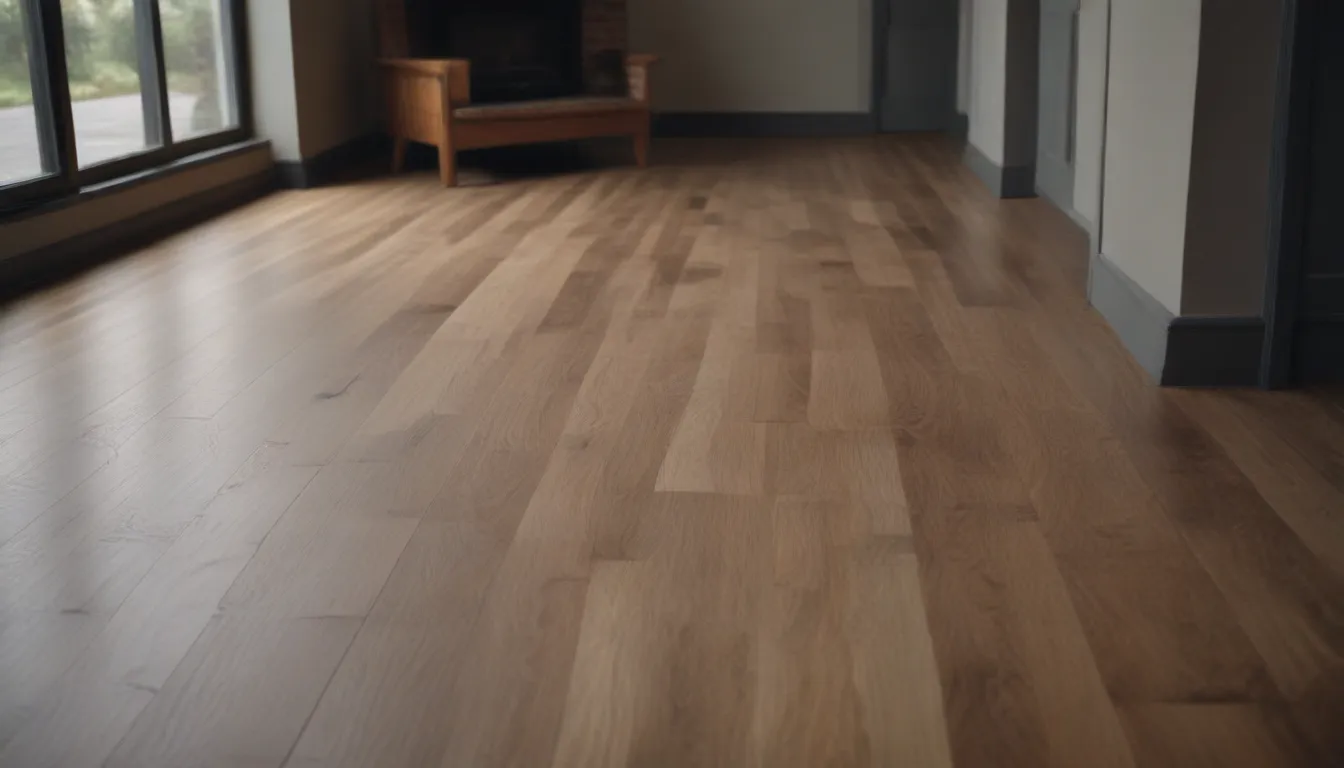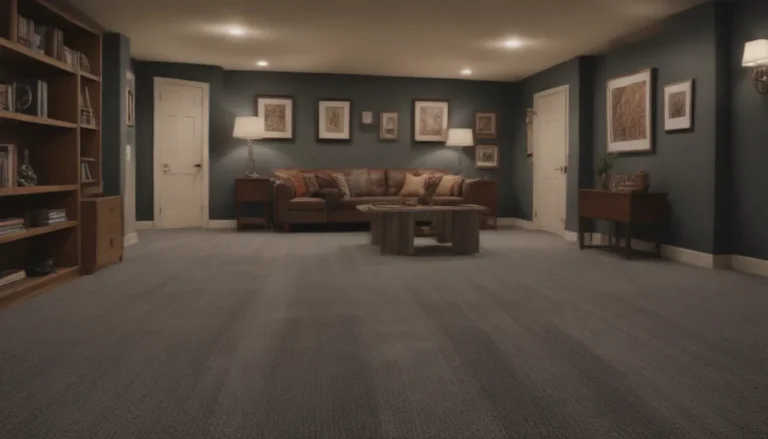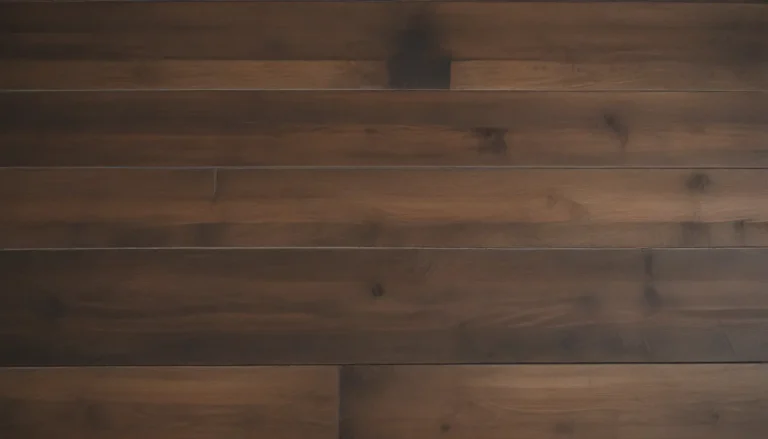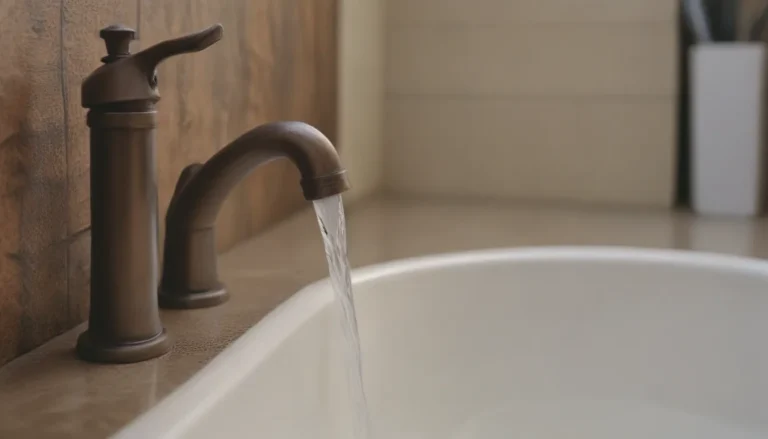Everything You Need to Know About Floating Floors: Pros and Cons

Hello there, DIYers and budget-conscious homeowners! If you’re considering installing new floors in your home, you may have come across the term “floating floors.” But what exactly does that mean, and is it the right choice for you? In this comprehensive guide, we will delve into the world of floating floors, exploring the pros and cons, types of materials available, cost considerations, maintenance tips, and more. By the end of this article, you’ll be equipped with all the knowledge you need to make an informed decision for your home.
What is a Floating Floor?
A floating floor is not a specific type of flooring but rather a method of installation. It involves laying floor coverings that are not directly attached to the subfloor. Instead, the individual flooring units interlock edge-to-edge to create a single mat-like surface that “floats” on an underlayment. This method is different from traditional glue-down or nail-down installations commonly used for ceramic tiles or hardwood floors.
Pros of Floating Floors:
- Great for DIYers
- No harsh adhesives required
- Easy to replace damaged planks
- Cost-effective installation
- Accommodates subfloor movement
Cons of Floating Floors:
- Can feel hollow underfoot
- Noisier than traditional hardwood
- Limited refinishing options
Types of Floating Floors
There are several types of floor materials that can be installed as floating floors. Here are some of the most common options:
Laminate Flooring
Laminate flooring is a popular choice for floating floors due to its affordability and ease of installation. The planks are usually joined together using a click-lock system that allows for expansion and contraction without buckling.
Luxury Vinyl Flooring
Luxury vinyl flooring also utilizes a floating installation method, with boards that snap together seamlessly. Some luxury vinyl planks have semi-flexible cores, providing durability and comfort underfoot.
Engineered Wood Flooring
While most engineered wood floors are nailed or stapled down, there are options available for floating installation. Engineered wood flooring combines the beauty of real wood with the convenience of a floating floor system.
Cost Considerations
When it comes to pricing, floating floors can be a cost-effective option for homeowners. Here are the average national costs for materials and labor for different types of floating floors:
- Laminate flooring: $
- Luxury vinyl flooring (LVF): $
- Engineered hardwood: $
Maintenance Tips
Maintaining floating floors is relatively straightforward. Here are some tips to keep your floors looking their best:
- Sweep regularly with a soft broom or dust mop
- Damp-mop only when necessary, using a squeezed-out damp mop
- Avoid excess water on engineered hardwood floors
Repairing Floating Floors
One of the advantages of floating floors is the ease of repair. If a plank becomes damaged, it can be easily replaced by removing the surrounding planks until the damaged section is reached. Some types of floating floors, like loose lay, allow for simple plank replacement without the need for side joints.
Installation Process
Installing a floating floor involves several key steps to ensure a successful outcome. Here’s a brief overview of the process:
- Prepare the subfloor to ensure it is flat and level.
- Apply an underlayment to absorb any flexing in the surface flooring.
- Assemble the flooring planks starting from one wall and working across the room.
- Leave a small gap along the walls to allow for expansion and contraction.
- Finish with baseboard shoe moldings to conceal the gaps around the perimeter.
Top Brands of Floating Floors
When it comes to floating floors, there are several top brands to consider for your project:
- Bruce
- COREtec
- LL Flooring
- Mohawk
- Pergo
- Tarkett
Comfort and Convenience
Floating floors are known for their convenience and affordability, but they can sometimes feel hollow and noisy underfoot. To enhance comfort, consider using high-quality foam underlayment and area rugs to dampen sound.
Is a Floating Floor Right for You?
In conclusion, floating floors can be an excellent choice for DIYers and homeowners on a budget. While there are some drawbacks to consider, such as noise and limited refinishing options, the benefits of easy installation and cost-effectiveness often outweigh the downsides. Luxury vinyl flooring, in particular, offers a premium look without compromising on quality.
So, if you’re looking to upgrade your floors without breaking the bank, floating floors may be the perfect solution for you. With the right materials and installation techniques, you can enjoy beautiful, durable flooring that suits your lifestyle and budget.
We hope this guide has been informative and helpful as you explore the world of floating floors for your home. Happy flooring!





